Rural China turns its hand to artistic field
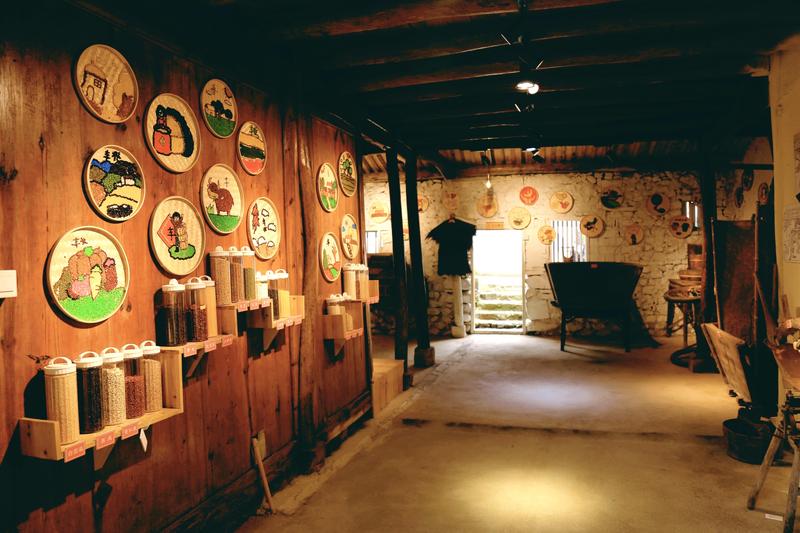
Houses in the village of Gejia, Ninghai, have been refurbished and redecorated. (PHOTO PROVIDED TO CHINA DAILY)
Saxiu has held a variety of events since its opening, from art exhibitions and book-sharing events to coffee-tastings, attracting tourists, artists and even government officials to enjoy the rural art experience.
"The opening of the space has even aroused the villagers' love and passion for their own home," Xing said.
"I believe rural vitalization through art cannot depend on artists alone, because they are confined to their own creations. The core is to stick to local craftsmanship, tradition and culture."
A similar pattern of rural vitalization through art has been seen in other parts of the world as well.
In Japan, village vitalization campaigns, usually sponsored by the prefectural or municipal government, have been seen since the 1970s. Renowned campaigns include the "one village, one product" movement to stimulate local economic development.
Art became part of the campaign in the 2000s. Under government sponsorship and efforts from individual artists, art festivals became an iconic activity in rural Japan to attract tourists.
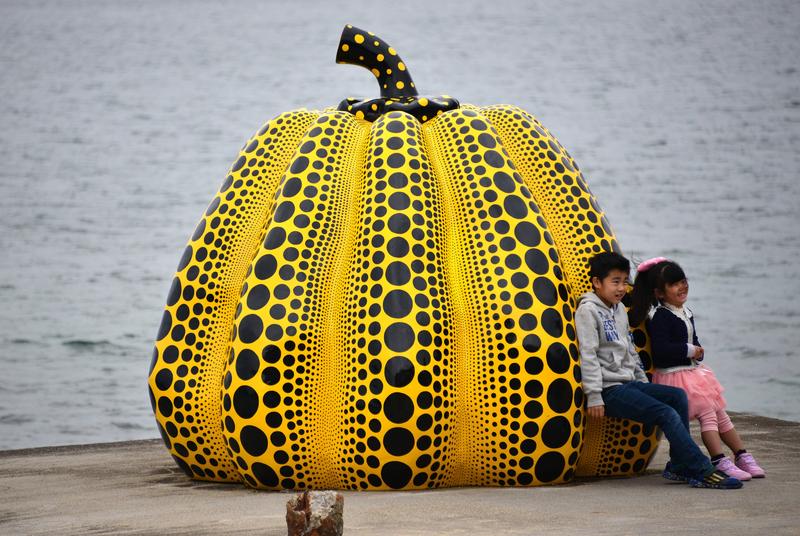
The "Yellow Pumpkin" by Yayoi Kusama displayed in Japan's Kagawa prefecture in March 2016, is a part of the Setouchi Triennale. (PHOTO PROVIDED TO CHINA DAILY)
Fram Kitagawa, one of the initiators and organizers of the Echigo-Tsumari Art Triennale in Niigata prefecture and the Setouchi Triennale at the Seto Inland Sea, two well-known art festivals in rural Japan, thinks art in this context refers to "discovering, learning, communication and cooperation".
The goal of his art campaign is to encourage artists from different places to discover the locale, to learn from and communicate with local people, and achieve cooperation among artists, government and local residents.
"When I meet artists who come to Echigo-Tsumari for the first time, I will spend up to half an hour and familiarize them with the abandoned farmland, increasing number of vacant houses and a stagnated textile industry here, instead of just saying 'the vegetables here taste good'." Kitagawa wrote in his book, Echigo-Tsumari Art Triennale Concept Book.
Successfully held seven times since June 2000, the "Echigo-Tsumari" model, under which art plays the key role in bringing vitality to rural areas caught the attention of neighboring countries and regions in Asia.


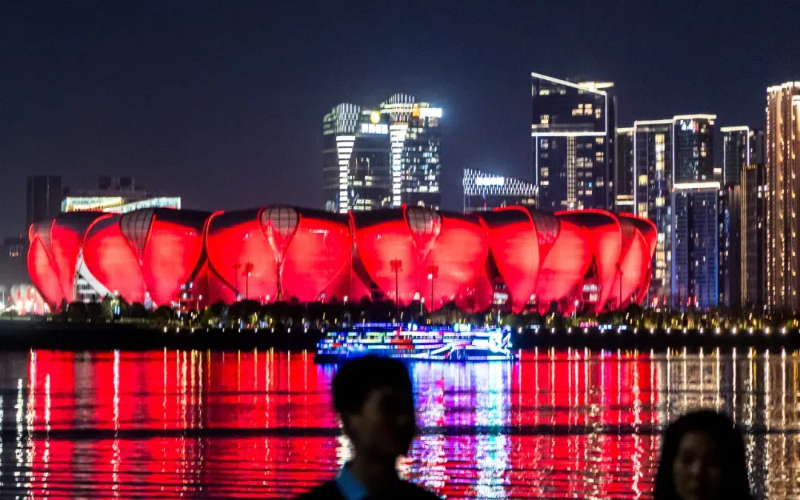

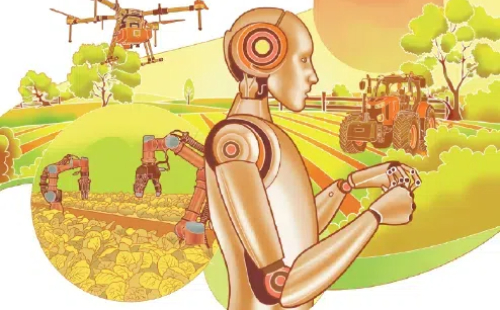
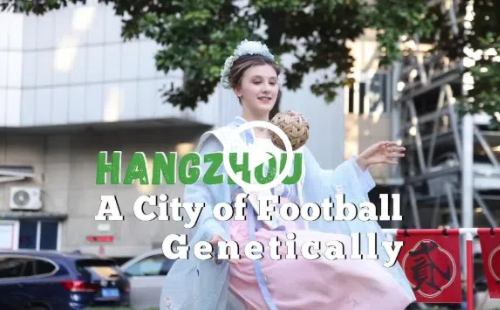 play
play